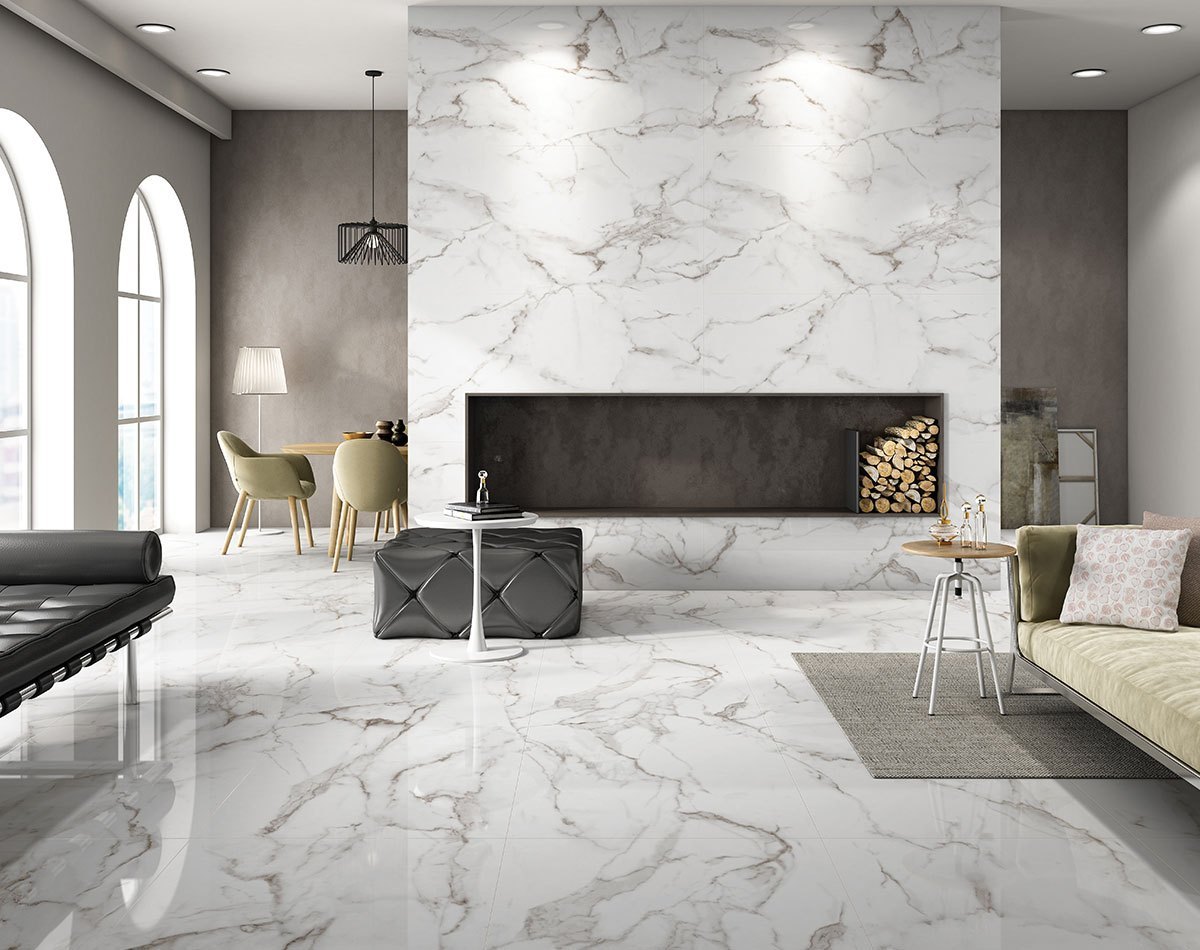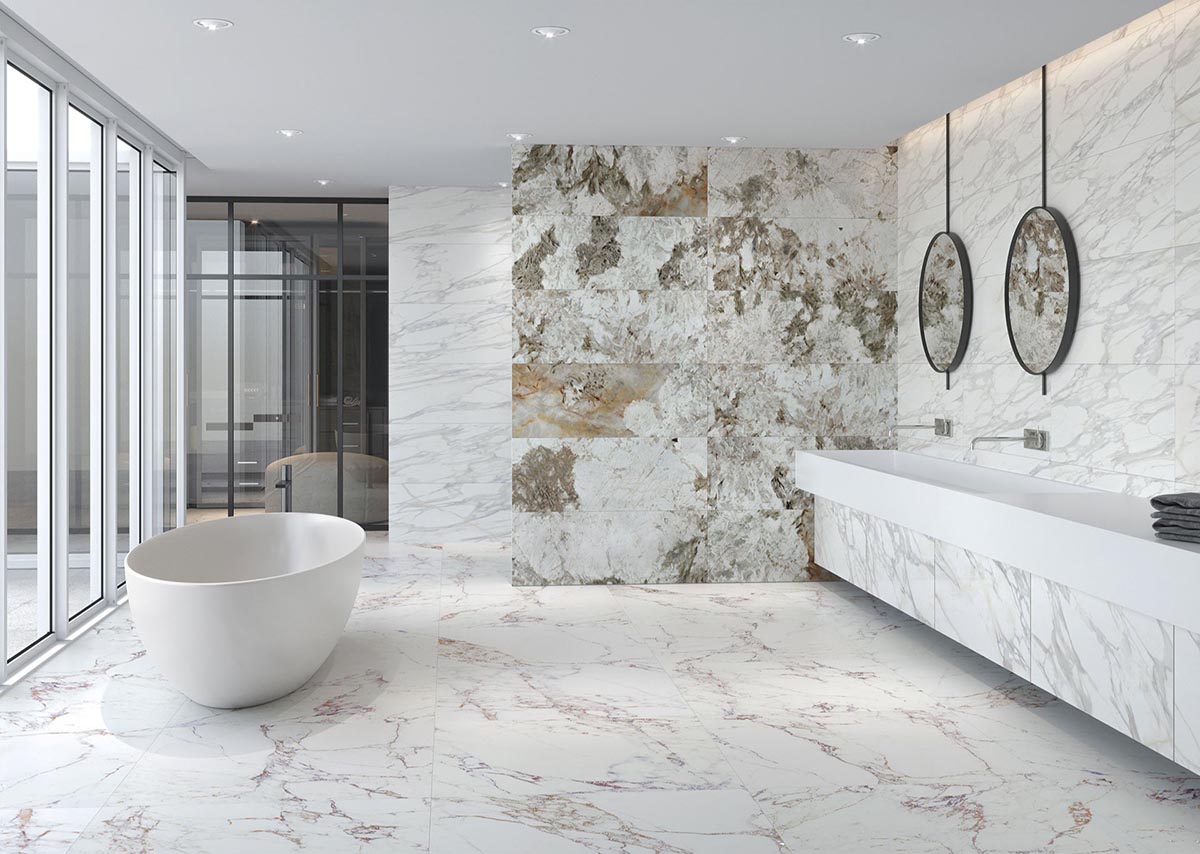The Ultimate Guide to Maintaining and Cleaning Marble Surfaces

Marble surfaces add elegance and timeless beauty to any space, but they require proper care to maintain their stunning appearance. This comprehensive guide will help you preserve your marble's natural beauty for generations.
Daily Cleaning Routine
Establishing a regular cleaning routine is essential for marble maintenance:
Gentle Cleaning Solutions
Always use pH-neutral, non-abrasive cleaners specifically formulated for natural stone. Avoid acidic cleaners (including vinegar and lemon juice) and all-purpose cleaners, as they can etch and dull marble surfaces.
Proper Cleaning Technique
- Dust surfaces regularly with a soft microfiber cloth to remove particles that could scratch the surface.
- For wet cleaning, use warm water with a few drops of mild dish soap.
- Wipe with a soft, damp cloth and immediately dry with a clean towel to prevent water spots.
- Never scrub aggressively, even on stains, as this can damage the finish.
Spill Management
Address spills immediately, especially acidic substances like wine, citrus juices, or tomato sauce. Blot (don't wipe) spills with a paper towel, then clean the area with a stone-safe cleaner.
Protecting Your Marble
Prevention is the best strategy for marble care:
Regular Sealing
Marble is naturally porous and requires sealing to prevent stains:
- Most marble surfaces need resealing every 3-12 months, depending on use.
- To test if resealing is needed, place a few drops of water on the surface. If the water doesn't bead up and instead darkens the stone, it's time to reseal.
- Use a high-quality penetrating sealer designed for natural stone.
Physical Protection
- Use coasters under all glasses, especially those containing alcohol or citrus juices.
- Place trivets or hot pads under hot dishes and cookware.
- Use placemats under china, ceramics, silver, and other objects that might scratch the surface.
- Consider felt protectors under decorative items that remain on marble surfaces.
Addressing Common Issues
Even with careful maintenance, issues may arise:
Removing Stains
Different stains require different approaches:
- Oil-based stains (grease, cosmetics): Make a paste of baking soda and water, apply to the stain, cover with plastic wrap, and tape the edges. Remove after 24-48 hours and rinse.
- Organic stains (coffee, tea, fruit): Use a 12% hydrogen peroxide solution with a few drops of ammonia on light-colored marble.
- Water spots and rings: Buff with dry 0000 steel wool.
Dealing with Etching
Etching occurs when acidic substances come into contact with marble:
- Light etching can sometimes be removed with marble polishing powder.
- Deeper etching may require professional restoration.
- For honed marble, etching is less noticeable and often can be removed with fine-grit sandpaper.
Professional Maintenance
Consider professional services for optimal care:
When to Call Professionals
- Deep stains that home remedies can't remove
- Significant etching or scratches
- Cracks or chips
- Periodic professional deep cleaning (recommended annually)
- Refinishing when the surface becomes dull over time
By following these guidelines, you'll preserve the natural beauty of your marble surfaces, ensuring they remain a stunning feature in your home for years to come.
Related Articles

How to Choose the Right Marble for Your Kitchen
A comprehensive guide to selecting the perfect marble for your kitchen countertops, backsplashes, and islands.

Marble vs. Other Natural Stones: A Comprehensive Comparison
Compare marble with granite, quartzite, soapstone, and other natural stones to determine the best choice for your project.

Trending Marble Designs in Modern Interior Design
Discover the latest trends in marble usage for contemporary interior design, from statement walls to furniture pieces.
